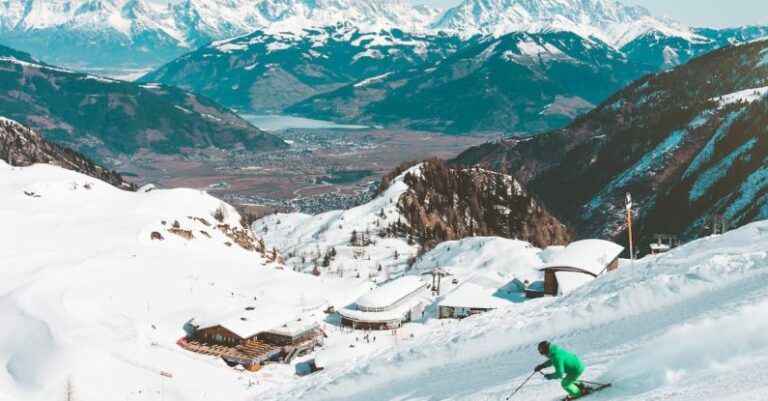
Embarking on a skiing adventure can be an exhilarating experience, but the right equipment is essential to ensure a safe and enjoyable time on the slopes. One of the most critical decisions you’ll need to make is choosing the right skis for your skill level. With a plethora of options available, selecting the perfect pair can be overwhelming. Whether you’re a beginner looking to carve your first turns or an expert seeking high-performance skis, this guide will help you navigate the selection process and find the ideal skis to match your abilities.
Understanding Ski Types
Before delving into the specifics of selecting skis based on skill level, it’s essential to grasp the different types of skis available. Skis can vary in shape, length, width, and construction, each designed to cater to specific skiing styles and terrains. All-mountain skis are versatile and suitable for a variety of conditions, making them an excellent choice for beginners and intermediate skiers. On the other hand, carving skis are narrower and designed for quick turns on groomed slopes, ideal for those looking to improve their technique. Powder skis, with a wider profile and rocker design, are best suited for deep snow and off-piste adventures.
Choosing Skis for Beginners
For those new to skiing, selecting the right skis can significantly impact the learning process. Beginners should opt for skis that are forgiving, easy to maneuver, and provide stability. Look for skis with a softer flex, as they require less effort to initiate turns and are more forgiving of mistakes. A shorter ski length is also recommended for beginners, as it offers greater control and maneuverability. Additionally, consider skis with a wider waist width, as they provide better stability, especially when skiing on varied terrain.
Intermediate Skiers: Finding the Right Balance
As you progress from a beginner to an intermediate skier, your skills and confidence on the slopes will improve. Intermediate skiers should look for skis that strike a balance between stability and responsiveness. Skis with a medium flex are ideal for intermediate skiers, offering a combination of support and maneuverability. Consider a slightly longer ski length to enhance stability at higher speeds and improve performance on challenging terrain. Intermediate skiers may also want to explore skis with varying waist widths, depending on their preferred skiing style and terrain.
Advanced Skiers: Pursuing Performance
For advanced skiers seeking high-performance skis, the focus shifts to precision, speed, and control. Advanced skis are typically stiffer in flex, providing enhanced responsiveness and power transfer. Longer ski lengths are favored by advanced skiers for increased stability at high speeds and improved edge grip on hard-packed snow. Consider skis with a narrower waist width for quick edge-to-edge transitions and optimal performance on groomed slopes. Advanced skiers may also explore specialized skis, such as race skis or freeride skis, tailored to their specific skiing preferences.
Making the Right Choice
When selecting skis, it’s crucial to consider not only your skill level but also your skiing style, preferred terrain, and future progression. Take the time to test different skis to find the perfect match for your abilities and aspirations on the slopes. Consult with ski experts or instructors for personalized recommendations based on your skiing level and goals. Remember that the right pair of skis can enhance your skiing experience, allowing you to confidently tackle new challenges and explore the beauty of the mountains. Choose wisely, and let your skis be your trusty companions on your skiing adventures.





